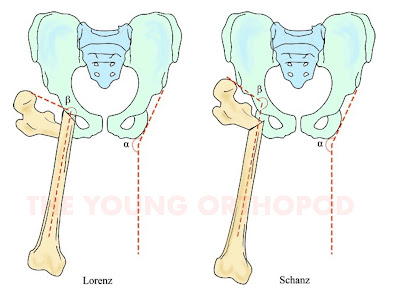Indications 1. For displace fracture of the humeral shaft with shortening, and also for oblique and spiral fractures –(Caldwell, 1933) 2. Used for comminuted humeral fracture, distal humeral shaft fracture. · Cast must be lightweight and must extend from at least 1 inch proximal to the fracture site to wrist, with elbow at right angle & forearm in neutral rotation. · Arm must lie dependent to provide a traction force. · Patient must sleep erect or semi-erect to avoid supporting elbow when seated. · Erect position is maintained during the day as much as possible. · There should be no support under the elbow, and nothing should compress the arm against the body (such as clothing). It is frequently exchanged for functional b...








The pelvic support osteotomy is a useful surgical procedure for the salvage of damaged hips of patients in whom arthrodesis or hip arthroplasty are not appropriate.
ReplyDeleteTotal Knee Replacement in Bangalore | Total Hip Replacement in Bangalore